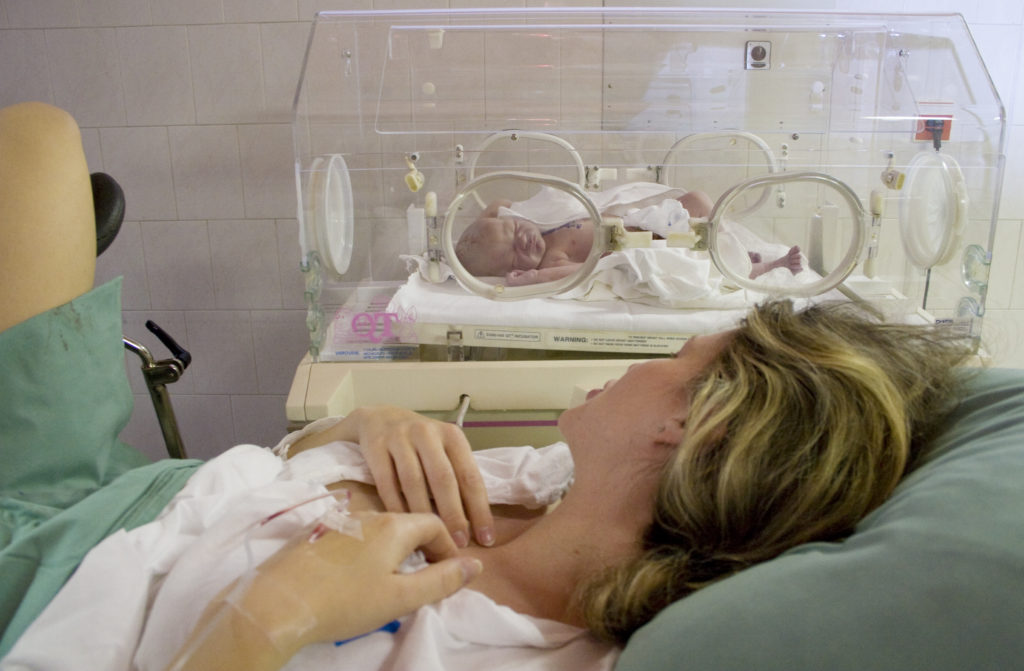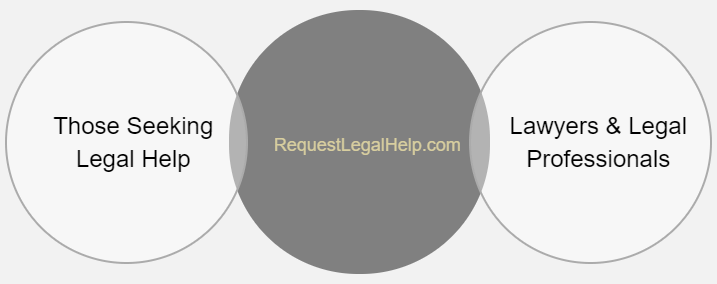What Happens When a Child Sustains an Injury at Birth?
Having a child is the highlight of many people’s dreams. When it comes to the delivery, anxiety and nerves usually run rampant. Still, the excitement of seeing a newborn for the first time keeps many parents’ spirits up during these stressful times. What happens, though, if soon after birth, it is discovered that a child birth injury has caused an issue? It helps to understand a few fundamental facts about birth injuries. Then you’ll better understand the steps parents can take if they suspect their child has been the victim of one.
What Causes a Child Birth Injury?
During the labor and delivery process, timing and action are two crucial elements. Sometimes an infant has suffered a birth injury. It can mean that a medical practitioner either made a poor judgment call or failed to act appropriately. If the medical provider’s actions go against the standard of care, then it may fit the legal definition of negligence. Was a medical professional negligent and damage occurred as a result? If so the parents have a chance of bringing a medical malpractice lawsuit for compensation.
For proven birth injury, the negligence must have a direct connection to the damage. One of the most unfortunate elements about child birth injury is not discovering effects right away. Some injuries are discernible immediately after they happen. However, things that affect the brain may not be noted until developmental milestones are not reached down the line.
There are quite a few scenarios that may cause a child to sustain an injury while being born. Familiarize yourself with some of the following examples.
Improper Vacuum Usage
Sometimes a mother has difficulties delivering a baby through the birth canal. Medical professionals may intervene and use a vacuum to assist. The machine is a standard instrument. In hospitals and works to help suction the baby down and out of the birth canal.
The vacuum is attached to the baby’s head or shoulders. Nurses and doctors are responsible for placing the vacuum on the appropriate places on the baby’s body. However, sometimes the vacuum is not correctly attached to the baby. Then it can cause severe injury to the mother and the infant during child birth.
Improper Use of Forceps
There are other options when a mother is having difficulty delivering her child. The baby is improperly positioned in the womb. Attending medical professionals may use forceps to help move the baby through the birthing canal.
Appropriate use of forceps reduces oxygen deprivation. This tool also reduces the chances of fetal distress that can result in birth injuries. The medical professionals that are birthing a child must use extreme care. The improper use of forceps can cause severe injuries to the head. This cause nerve damage in the neck or the chest of the infant.
Hypoxia
Hypoxia is a medical condition that occurs when the brain of a baby is not receiving enough oxygen. The most common cause of hypoxia before and during delivery is the umbilical cord becoming tangled around the baby’s neck. Hypoxia can occur from a damaged or infected placenta.
Medical professionals can identify hypoxia well in advance of delivery. Then they can intercede to eliminate the chances of the infant or the mother facing harm. However, if the professional medical staff does not take action quickly enough, hypoxia may occur. They may be liable for any damages that happened to the mother or her child. Doctors must address hypoxia quickly. Otherwise, this can cause a child to develop severe mental disabilities, as well as physical disabilities.
Cesarean Section Delay
When there is difficulty during labor, an emergency C-section may be ordered. This will reduce the infant’s fetal distress. Fetal distress occurs when the heartbeat of the infant drops because of the blood pressure of the mother. Fetal distress can also occur if there is placental abruption or other types of breathing difficulties.
An emergency C-section may be needed. This is for a variety of reasons. For example, the baby could be in the wrong position or fail to descend into the birth canal. Perhaps the mother has labored without dilation. In these and other situations, the doctor may determine that a C-section is necessary. It may be the only way to safely birth the baby without further damage. The medical staff may wait too long to perform a cesarean. The consequences for mother and child may be quite grave.
Other types of medical neglect that could cause result in injuries to the child or the birth mother include:
- Failing to perform sufficient prenatal testing
- Not using labor-inducing drugs timely
- Failing to diagnose or treat infections, umbilical cord entrapment, placental abruption, premature rupture of the membranes or placenta previa
- Not addressing changes in the condition of the baby
Why Should You Take Action for Your Child Birth Injury?
Many different scenarios can cause birth injuries. The unfortunate end is that a child may suffer setbacks because of these injuries. A doctor or medical professional may fail to act appropriately. They don’t take steps to minimize an injury to a baby. The toll the negligence takes on a newborn can alter the course of care for that child for a lifetime.
It is essential that any parent whose child has been diagnosed with a birth injury take action to seek financial compensation. Healthcare costs can rise and have an uncertain future. A family may be looking at hundreds of thousands of dollars worth of medical care. Some cases are extreme. The damage to a child inflicted at birth may be permanent and result in total disability. Take action against those responsible for the incident. Do this immediately upon discovery the injury.
Work With an Experienced Local Child Birth Injury Lawyer
State laws dictate the parameters of a medical malpractice case. So if you expect birth injury medical malpractice, you should take action. Find a local child birth injury lawyer to navigate the often difficult waters of birth injury lawsuits.
Submit a request online or call us today at (866) 345-6784 to get in touch with an experienced lawyer in your area!


